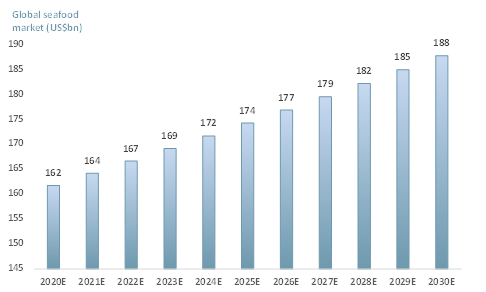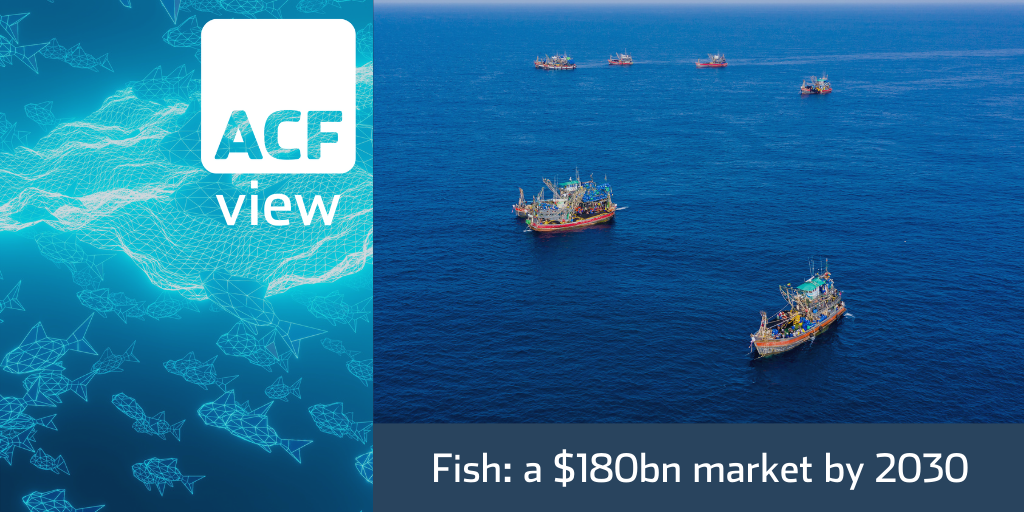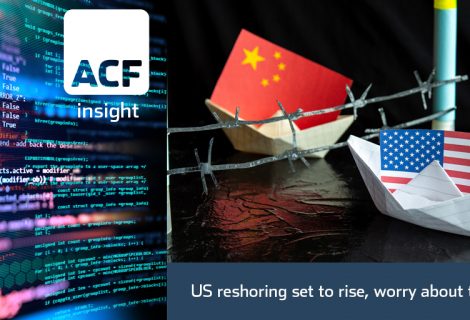Saving fish one smart net at a time
SmartFish H2020, a recent Norwegian initiative, reduces the fishing industry’s impact on marine life. SmartFish creates smart nets and scanners. Smart tech is saving fish one environmentally friendly net at a time
- SmartFish H2020 is an EU funded project led by SINTEF Ocean (a Norwegian company focused on environmental technology).
- Everyday 1000’s of fishing trawlers take to the seas and release miles and miles of nets. Over the last few decades this has led to overfishing.
- According to the FAO (Food and Agricultural Organisation) 32.4% of the world’s fish stock were overfished in 2017.
- SINTEF’s CatchScanner technology uses AI to estimate the weight and species of fish. The data is automatically collected into a centralised database and can be shared with authorities and local coastguards.
- Smart tech hopes to tackle overfishing and illegal catches. The goal is to find out how we can harvest within sustainable limits in the long-term.
In Exhibit 1 below we have charted the global seafood market and provided our own forecast. We estimate that increased global demand will drive the market to reach US$188bn by 2030E.
Exhibit 1 – Global seafood market 2020E – 2030E
 Source: ACF Estimates; ACF Graphics
Source: ACF Estimates; ACF Graphics
The global demand for fish stock is expected to increase. Governments, NGOs, international organisations and companies are joining forces in order to save marine life and promote sustainable fishing.
However, smart tech is expensive and getting local fishermen or smaller companies to embrace this technology is a challenge.
Global partnerships such as the Global Sustainable Seafood Initiative (GSSI) are attempting to tackle this understandable resistance from the commercial fishing community. GSSI promotes the entire value chain through ‘The Global Benchmark Tool’.
The tool provides GSSI certification schemes that are accepted and requested by major retailers and seafood companies globally. Distributors are more inclined to work with suppliers that are environmentally friendly and certified.
Given these incentives we can expect to see more smart tech on fishing trawlers. However, the ongoing debate is price vs. cost.
In addition to partnerships, governments may want to consider subsidies in order to promote the use of this kind of equipment and/or funding more projects such as SmartFish.
Technical innovation and sustainability are key drivers for economic recovery pre-Covid and post-Covid – the “ESG Policy Opportunity“. We are seeing this in farming and also in the healthcare sector.
The same efforts to promote overall global health that are put into the healthcare sector, should reflect in the AI/AR space. Sustainability is an industry-wide agenda.
Governments and regulatory authorities must drive the urgency for technical innovation in order to pave the way for small and mid-cap companies to deliver innovation and investor returns – of course a key return for governments and consumers is to actually have some fish left…
















